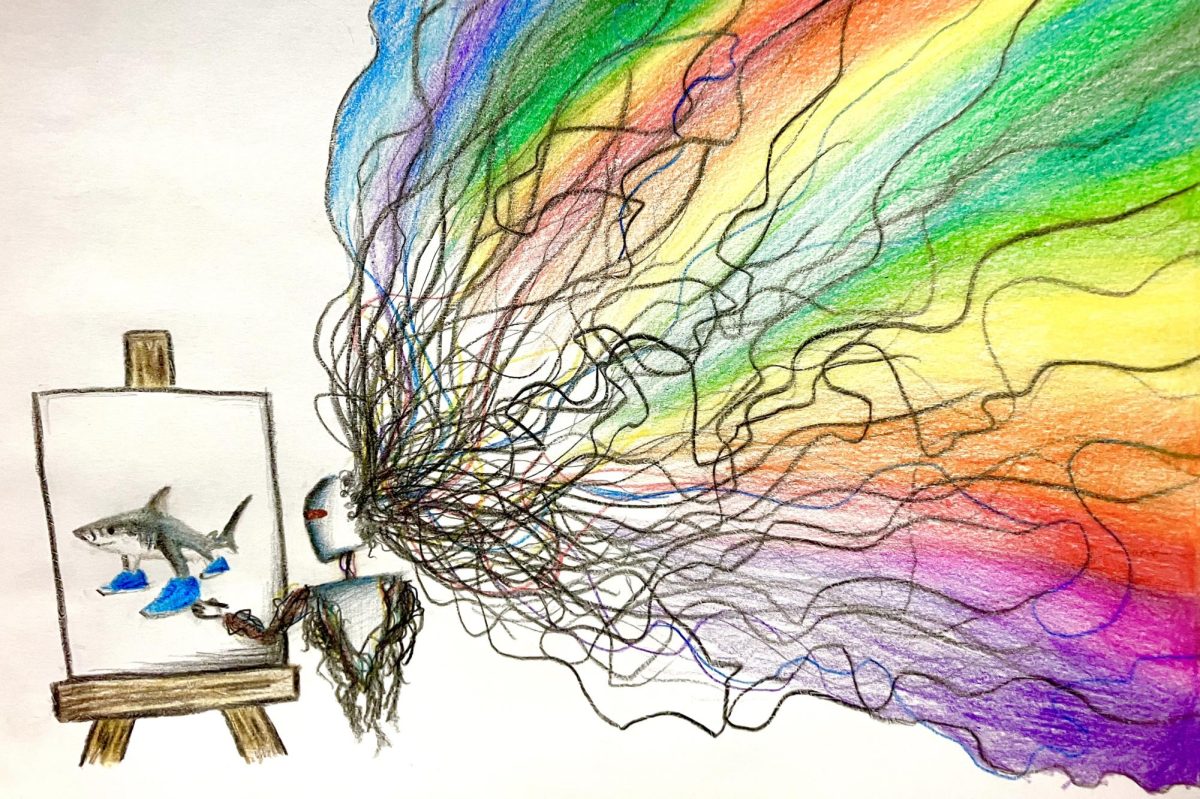The debate over artificial intelligence (AI) in our schools is shortsighted. While schools focus on academic integrity and detecting AI usage, we ignore a deeper threat: the erosion of critical thinking.
To be clear, the merits of AI are valid. It can be a powerful tutor, explaining complex topics and helping students overcome mental blocks.
Tools like ChatGPT can walk a student through solving algebra problems or offer writing feedback. When used properly, it can boost efficiency. But the difference between assistance and replacement is where the threat emerges.
Calling AI “just a tool,” like a calculator or a search engine, is a convenient but flawed analogy.
A calculator executes a calculation input by its user; it does not perform the reasoning to understand a problem. A search engine provides material that the user must still evaluate and combine to come to a conclusion.
AI, in its generative capacity, does something fundamentally different: it combines, it reasons, and it creates. It delivers a finished product, which reduces engagement in the thinking process.
This distinction matters because true learning depends on struggle. A student wrestling with a physics problem or tracing the causes of a historical event develops reasoning skills that AI cannot replicate. This is not an optional step in the process; it is the process.
This is not a hypothetical concern. The issue is rooted in cognitive offloading, the process of outsourcing our thinking to technology. Research from MIT shows that when students rely on AI to draft essays, they exhibit reduced brain activity and poorer information recall.
This approach removes the very processes that build knowledge and recall.
The stakes for students are high. In a world of misinformation, the skills that will define success are not the ability to retrieve answers, but the ability to question them.
Success depends on the ability to ask the right questions, to challenge assumptions, and to create something new. Yet, by over-relying on a technology that substitutes these skills, we risk leaving ourselves unprepared for the future.
The solution, then, is not a simple matter of rejection of AI. Rather, it requires us to rethink what we value in education.
The solution will not be found in a new set of school policies. It requires students to make a conscious choice: to embrace the demanding work of thinking for themselves while using AI intentionally as a guide, not a replacement for effort.
Education’s value lies not in answers, but in a mind that can produce them. This is a process we cannot give up.


